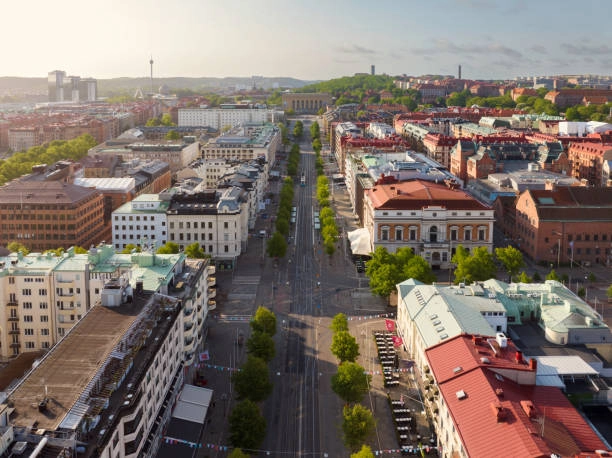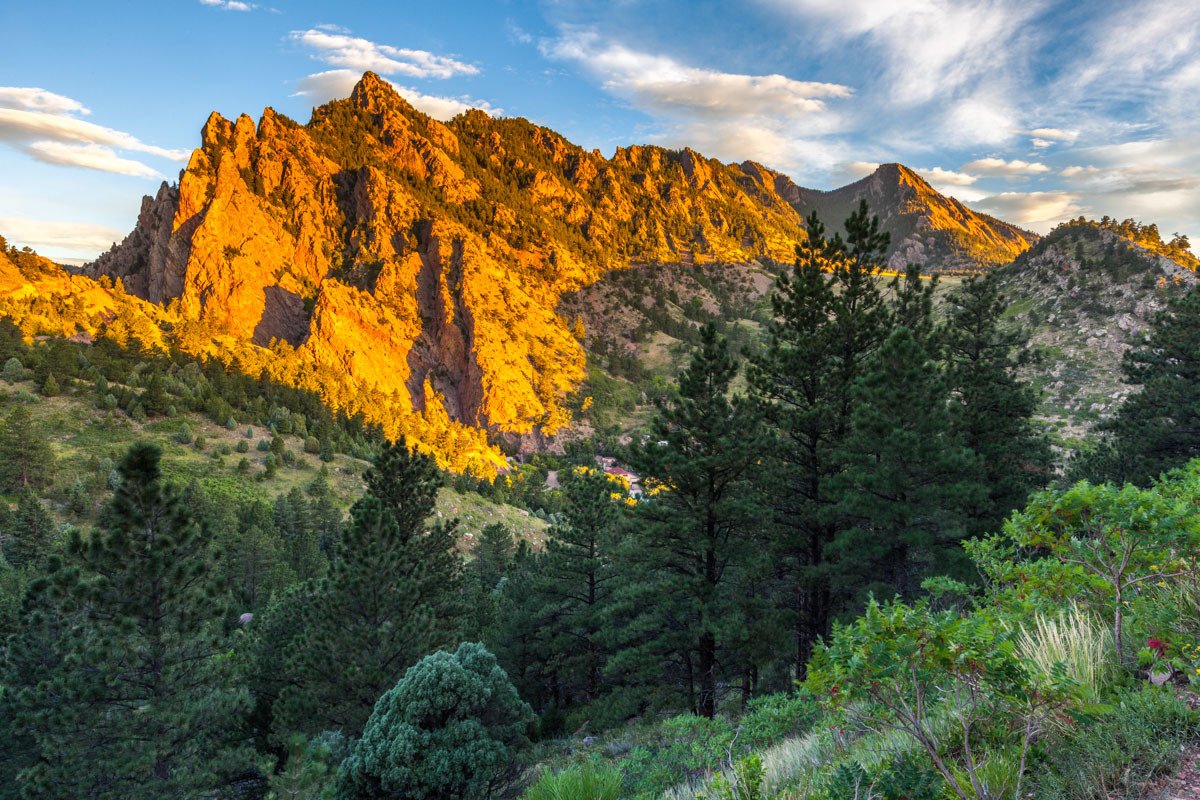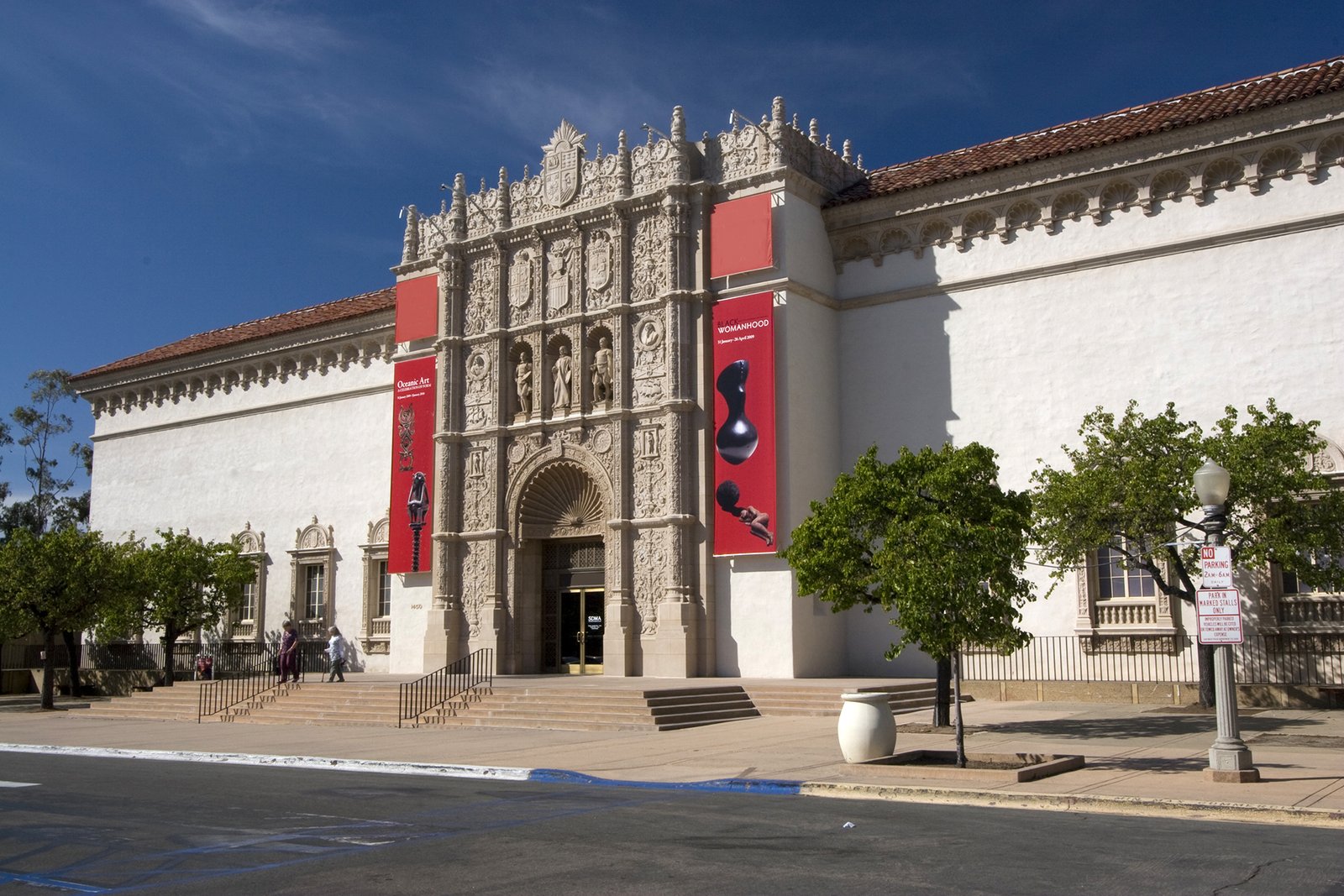Nestled in the heart of California’s San Joaquin Valley, Bakersfield boasts a rich tapestry of history and culture that has shaped its population over the centuries. Founded in the 19th century during the California Gold Rush, Bakersfield evolved from a small settlement into a thriving city.
The population of Bakersfield has experienced significant growth since its inception. Initially inhabited by Native American tribes, it later became a melting pot of settlers, including Spanish explorers, Mexican ranchers, and American pioneers. In the early 20th century, the discovery of oil further fueled its growth, attracting workers from across the country.
Today, Bakersfield’s population reflects its diverse heritage, with a blend of Hispanic, Caucasian, African American, and Asian communities. This diversity is celebrated through various cultural events, including the annual Bakersfield Greek Festival and the Kern County Basque Festival, showcasing the city’s multicultural fabric.
Bakersfield’s cultural landscape is also enriched by its vibrant music scene, particularly in country and rock genres. The city has produced renowned musicians such as Buck Owens and Merle Haggard, earning it the nickname “Nashville West.”
With its rich history and diverse culture, Bakersfield continues to thrive as a dynamic and welcoming community in California’s Central Valley.
Tracing the Linguistic Tapestry of Bakersfield: A Historical Perspective
Bakersfield’s linguistic history reflects a rich tapestry of diverse influences spanning centuries. Before European colonization, indigenous tribes like the Yokuts inhabited the region, each with their distinct languages and dialects. With the arrival of Spanish explorers in the 18th century, Spanish became a prominent language, leaving an enduring mark on the area’s place names and cultural heritage.
During the California Gold Rush of the mid-19th century, Bakersfield witnessed an influx of settlers from various backgrounds, including Anglo-Americans, Mexicans, and Chinese immigrants. This influx brought forth a linguistic melting pot, with English emerging as a dominant language due to the influence of American settlers and institutions.
In the early 20th century, Bakersfield’s economy boomed with the discovery of oil, attracting workers from across the United States. This further diversified the linguistic landscape, as migrants brought their regional dialects and languages, enriching the local vernacular.
Today, Bakersfield boasts a vibrant linguistic mosaic, with English as the primary language but with significant Spanish-speaking communities and traces of indigenous languages still present. This linguistic diversity is a testament to Bakersfield’s dynamic history and the resilience of its multicultural identity.
A Taste of Tradition: Bakersfield’s Culinary Heritage
Bakersfield, nestled in California’s fertile San Joaquin Valley, boasts a rich culinary history deeply rooted in agriculture and cultural diversity. With its agricultural abundance, Bakersfield has been a hub for farm-fresh produce, influencing its vibrant food scene.
The city’s culinary heritage is celebrated through iconic dishes like Basque lamb stew, a legacy of its Basque immigrant community. Basque restaurants like Wool Growers continue to serve up hearty portions of this savory delight. Bakersfield’s Mexican heritage is showcased in its vibrant taquerias, offering mouthwatering tacos bursting with flavor.
The agricultural bounty of the region is evident in its signature dishes such as grilled sweet corn slathered in butter and sprinkled with chili powder, a staple at local festivals and fairs. And let’s not forget about the classic American diner fare that has stood the test of time, with cozy diners serving up hearty breakfasts and juicy burgers.
In essence, Bakersfield’s food history is a melting pot of flavors, reflecting the diverse tapestry of its community and the agricultural abundance of its surroundings.
Flavors of Tradition: Bakersfield’s Culinary Heritage
Bakersfield, a city steeped in history and culture, boasts a rich culinary heritage passed down through generations. The food history of its elder residents reflects a tapestry of flavors that tell the story of the region’s agricultural roots and diverse immigrant influences.
From hearty Basque stews to Mexican street tacos, the old people of Bakersfield reminisce about cherished recipes that have stood the test of time. They recall the days of backyard barbecues with succulent tri-tip, a tradition born from the area’s ranching legacy. Homemade tamales, crafted with love and shared during festive gatherings, evoke memories of family and community.
Furthermore, the aroma of freshly baked pies wafting from kitchens conjures images of bustling bakeries that once dotted the streets, serving up sweet treats made from locally sourced fruits.
In essence, the food history of Bakersfield’s elder residents serves as a flavorful reminder of the city’s vibrant past and the enduring legacy of its culinary traditions.





